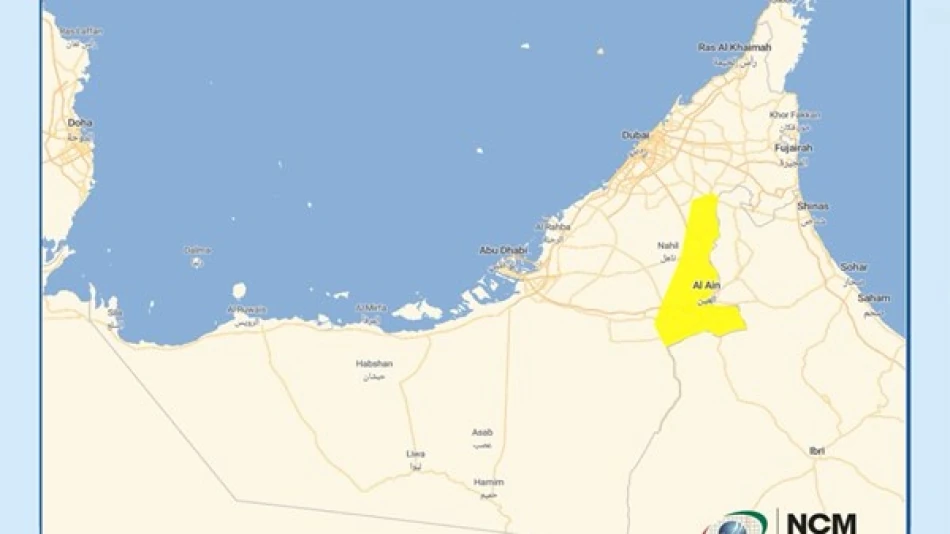
Heavy Clouds and Rainfall: Meteorological Authority Issues Weather Update
Saudi Arabia Braces for Afternoon Thunderstorms and Dust-Laden Winds in Eastern Regions
Saudi Arabia's National Center of Meteorology has issued a weather advisory warning of cumulus cloud formation accompanied by rainfall across parts of the kingdom's eastern provinces on Thursday, July 17, 2025. The weather system is expected to bring active winds reaching speeds of up to 40 km/h, potentially stirring dust storms during a six-hour window from 2:30 PM to 8:00 PM local time.
Weather Pattern Details
The meteorological forecast, released through the center's official social media channels, indicates that the eastern regions will experience a combination of atmospheric conditions typical of summer weather patterns in the Arabian Peninsula. The formation of cumulus clouds suggests convective activity driven by daytime heating, which often leads to localized but intense precipitation events.
Wind and Dust Concerns
The predicted wind speeds of 40 km/h represent a significant weather event for the region, particularly given their potential to generate dust storms. These conditions pose challenges for outdoor activities, transportation, and air quality, especially in areas where loose sand and soil are prevalent.
Regional Impact and Timing
The afternoon to early evening timeframe of the weather event aligns with typical convective patterns in desert climates, where maximum heating during midday hours creates atmospheric instability. The eastern provinces, which include major urban centers and critical oil infrastructure, will need to prepare for potential disruptions during these peak hours.
Seasonal Context
This weather advisory reflects the transitional nature of summer meteorology in Saudi Arabia, where intense heat can trigger sudden atmospheric changes. The combination of rainfall and dust-generating winds represents a common but noteworthy weather pattern that requires public awareness and preparation.
Residents and businesses in the affected areas should monitor conditions closely and take appropriate precautions during the specified timeframe, particularly regarding outdoor activities and transportation planning.
Most Viewed News

 Layla Al Mansoori
Layla Al Mansoori






